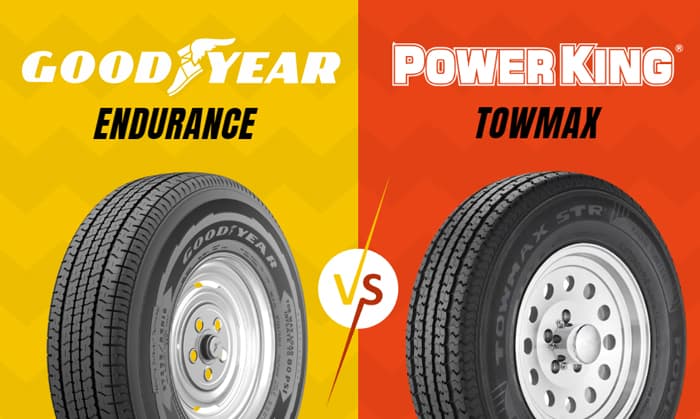Experts In Tire Solutions
Discover our 1000+ car tire tips & tricks below to learn how easy it is to upgrade and maintain your tire.
Comparisons
Helpful tips
Guide & Reviews
Tire care
About PPMC and the Process of Reviewing & Testing Tires
PPMC Transport will be your new center if you encounter any difficulties or crises with your wheels. From tire selection to upkeep and replacement, we cover it all. Every vehicle and driver has specific needs and preferences, and we work hard to meet all of your requirements without sacrificing any important criteria. Now, let’s see the PPMC’s tire testing & reviewing process.
Featured posts

Kelly vs Cooper Tires Comparison
Whether for car enthusiasts or casual drivers, there’s no doubt that Goodyear has …

Toyo Open Country AT3 vs Goodyear Duratrac
When it comes to the discussion of which terrain tire is best, both …

Cooper vs Uniroyal Tires – A Detailed Comparison
Cooper and Uniroyal are two of the most prominent brands in the US …

Yokohama Avid Ascend GT Tire Reviews
Use our Yokohama Avid Ascend GT Tire reviews to learn about the all-season …

Cooper CS5 Ultra Touring vs Grand Touring
Cooper has been an American mainstay regarding tires, and their touring line is …

Cooper Discoverer Rugged Trek vs BFG KO2
All-terrain tires are a must-have for people who adore the great outdoors due …

Nexen vs Goodyear Tires: A Detailed Comparison
Every car owner desires a smooth and safe ride. Tires are one of …

Yokohama Geolandar AT G015 Review
Our Yokohama Geolander AT G015 review comprehensively looks at the tire’s performance and …

Are Continental Tires Quiet? What is ContiSilent Technology?
Are Continental tires quiet? Generally, Continental tires are definitely one of the most …

Cooper vs General Tires – Tire Brand Comparison
A comparison between Cooper vs General Tires is a tough debate. Cooper is …

Cooper Evolution Winter vs Bridgestone Blizzak
If you haven’t noticed already, winter is definitely coming. And for that, you’ll …

Cooper Discoverer True North vs Bridgestone Blizzak
The holiday cheer is almost upon us, and aside from presents and decorations, …

Cooper vs Pirelli Tires: Which Tire Brand is Better?
The comparison between Cooper vs. Pirelli tires is a tough debate. Cooper Tires …

Goodyear Eagle Exhilarate vs Eagle Sport
The comparison between Goodyear Eagle Exhilarate vs Eagle Sport is a hot debate. …

Goodyear Endurance vs Power King Towmax
Tires are an often underappreciated aspect of trailers, since many people tend to …






